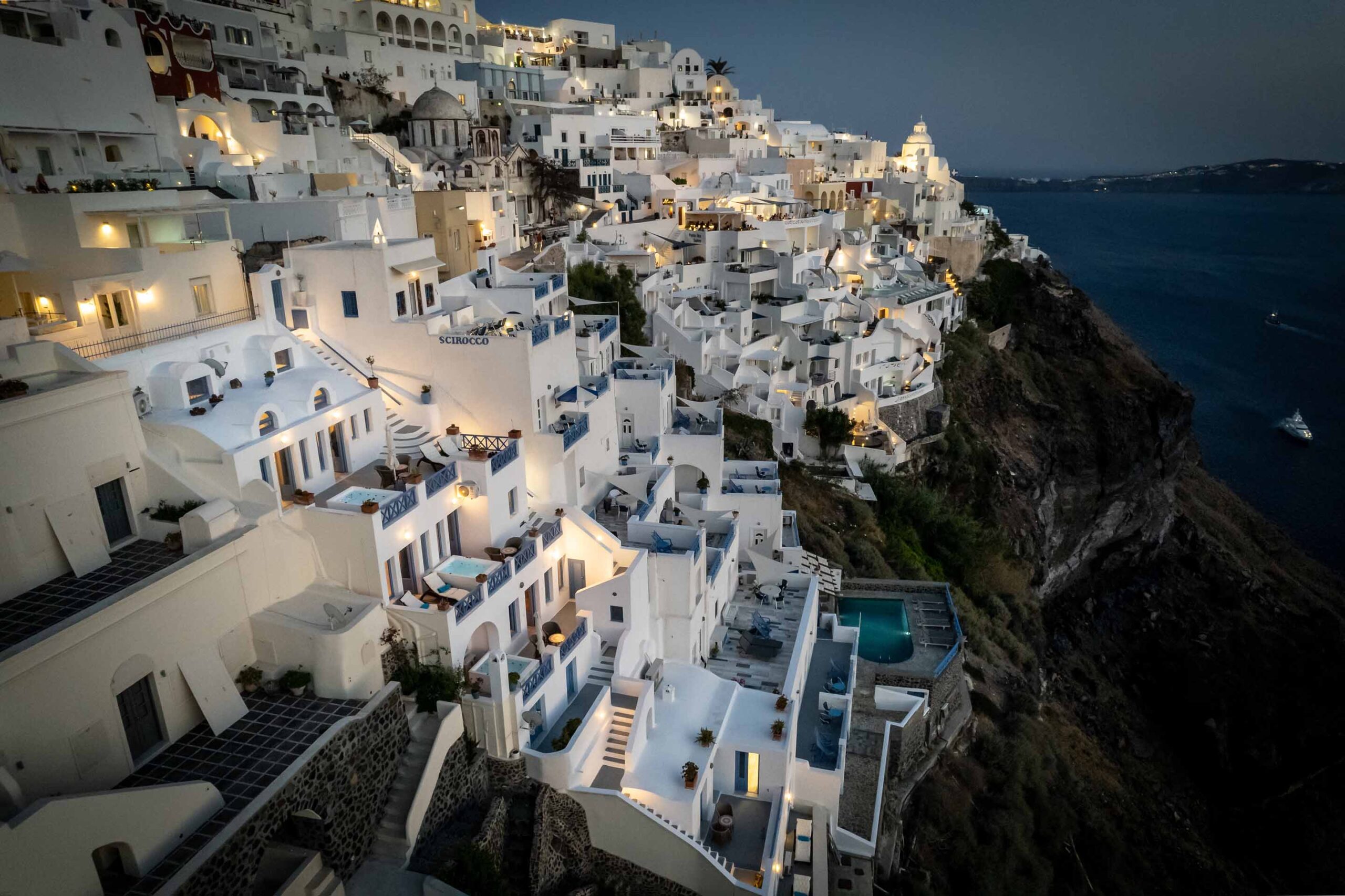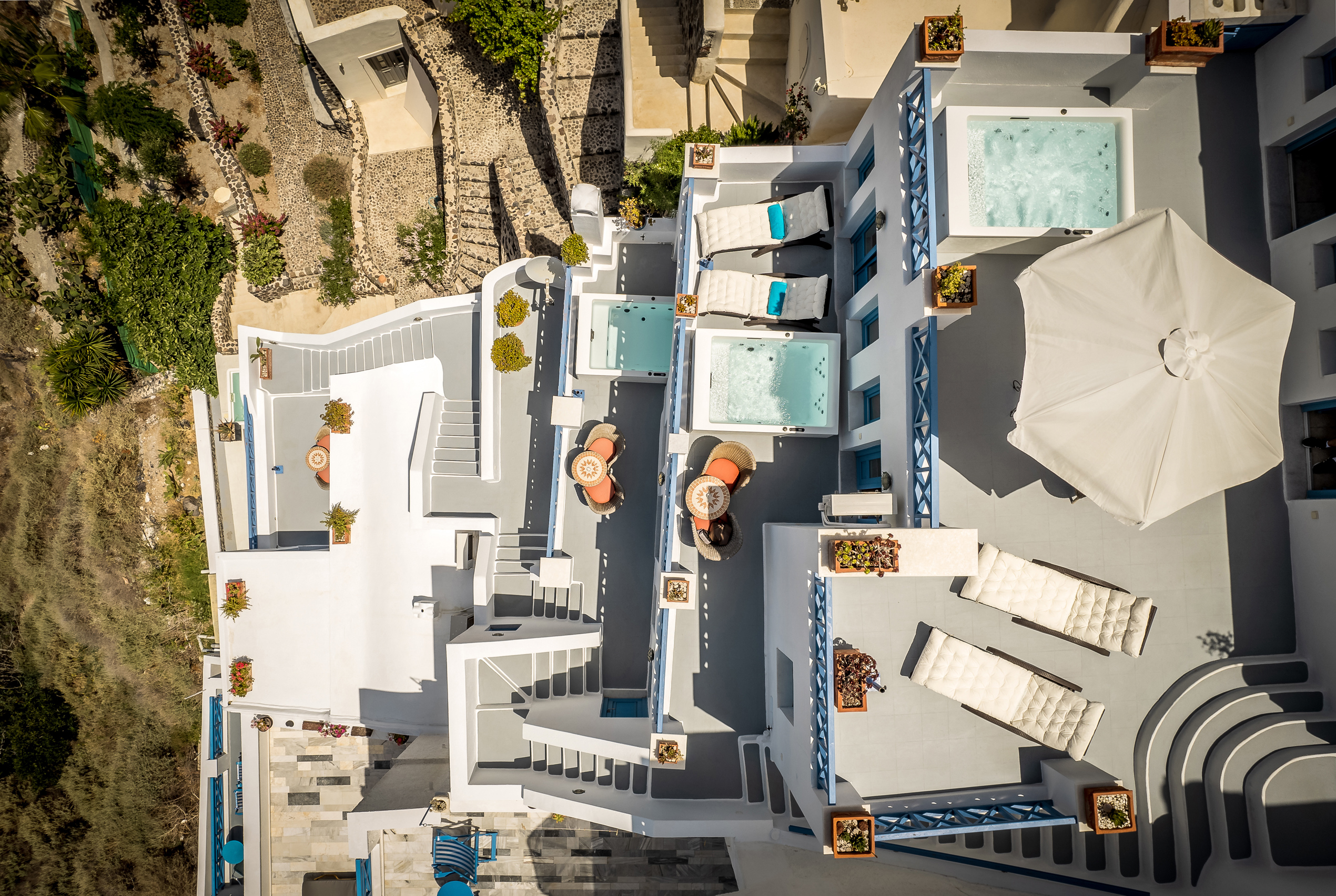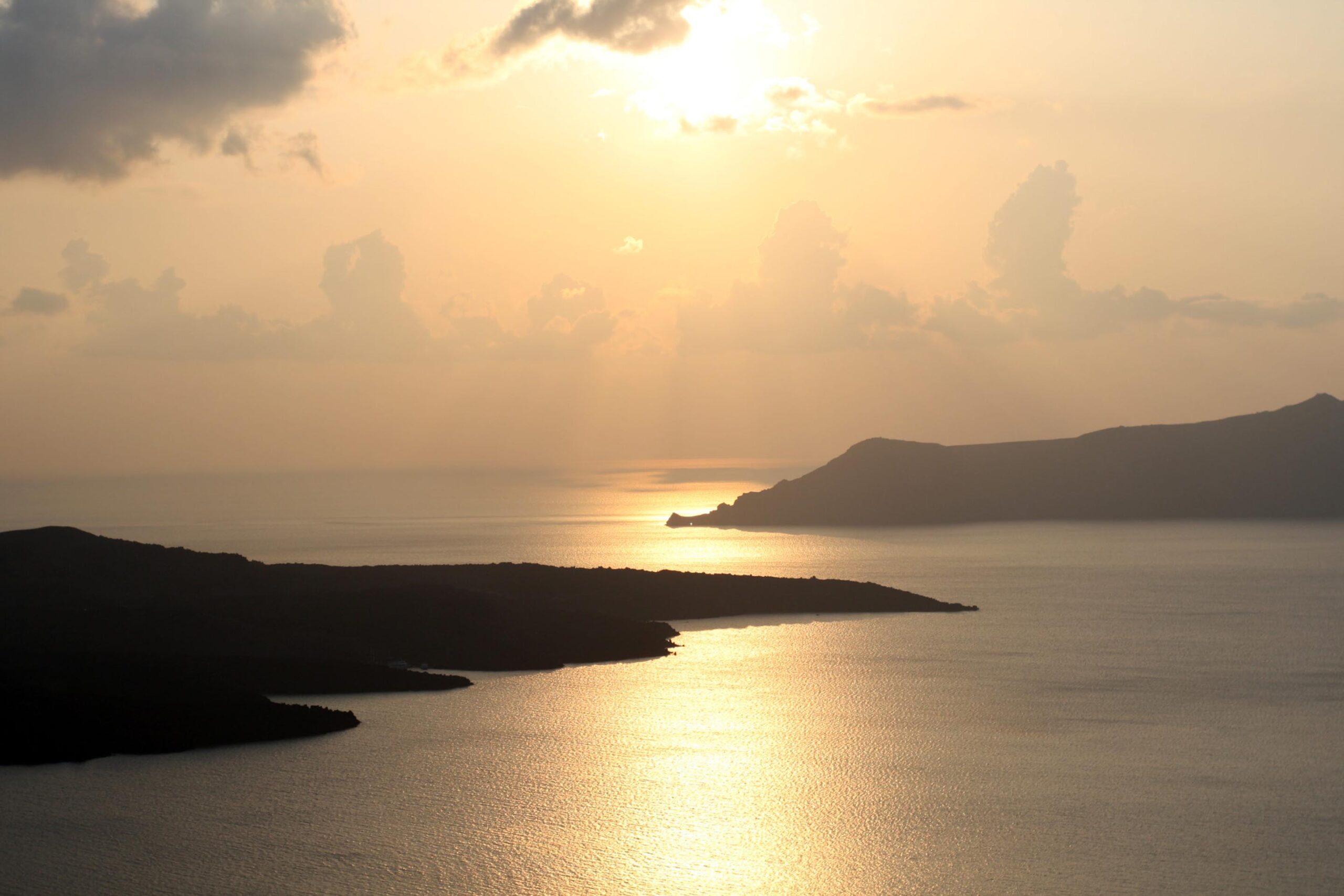Santorini is a picturesque island in the Aegean Sea, part of the Cyclades archipelago. It is also called the Lost Atlantis – many believe that Santorini is that sunken city. From the north to the south, the island is surrounded by cultural attractions and traditional Mediterranean architecture. The Golden Grey Goose Hotel Apartments is ideally located amidst all the entertainment venues. The famous Red Beach is 8 km from Golden Grey Goose Apartments, while the beautiful White Beach is 7 km away
Holidays in Santorini can be quite varied: active, beach, sightseeing, etc. Much attention is paid to the development of the infrastructure in Santorini. Here you will find a wide selection of restaurants and cafes serving local cuisine, nightclubs with loud music, famous beaches with colorful volcanic sand and many shops. Winemaking is one of the hobbies of the people of Santorini. For 3,500 years, people have been growing amazing grapes with a unique taste thanks to the lack of rain and the volcanic soil. Santorini has a particular grape variety – Assyrtiko, which allows it to produce excellent wines




